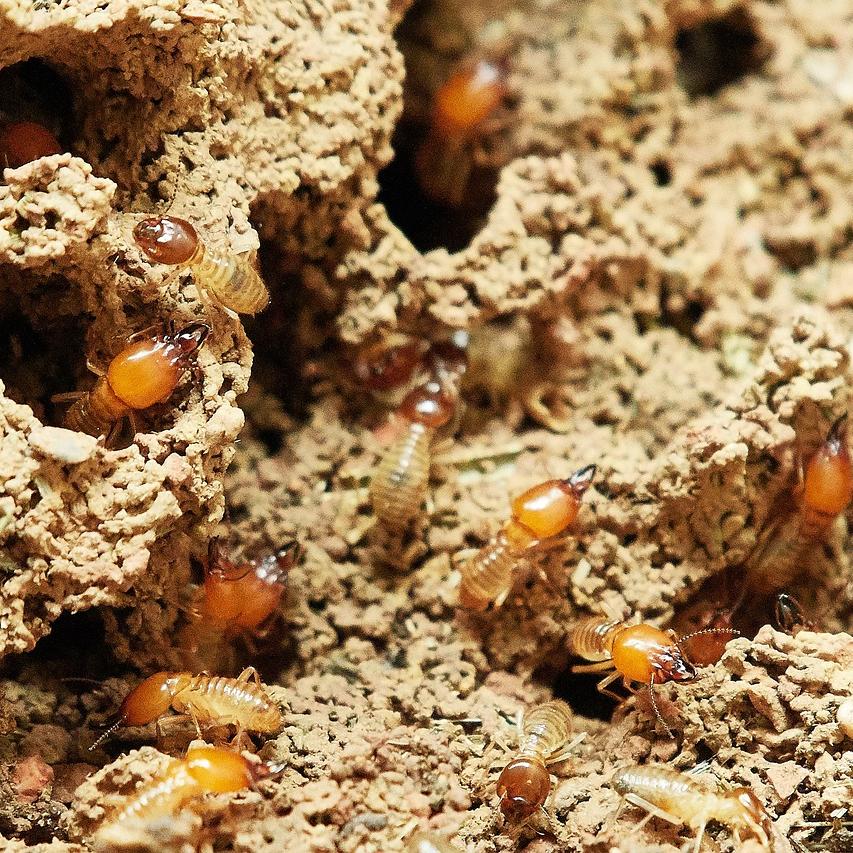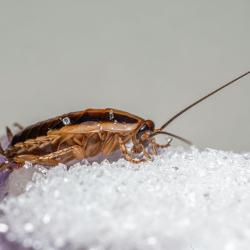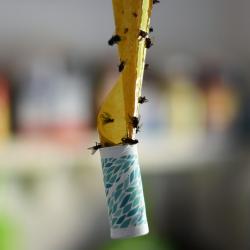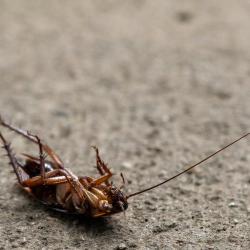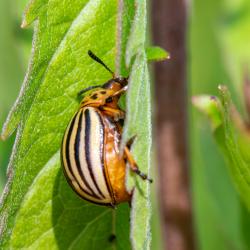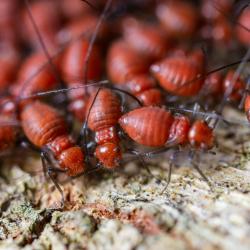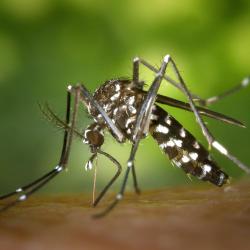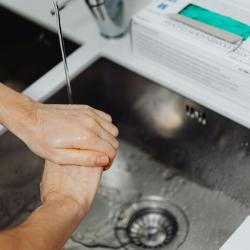The Dangers of DIY Pest Control: What You Should Know
The allure of do-it-yourself (DIY) solutions has expanded beyond home improvement projects to include pest control. Enthusiastic homeowners are driven by the prospect of saving money and quickly addressing pest issues without the need to schedule professional services. However, while DIY pest control may appear convenient and cost-effective, it carries a number of significant risks and potential dangers that should not be overlooked.
Understanding DIY Pest Control
DIY pest control typically involves the use of over-the-counter products such as sprays, traps, baits, and natural remedies that are designed to eliminate common household pests. These products can be found in hardware stores or online platforms and often promise quick results without the need for professional intervention. Yet, the efficacy and safety of these products can vary significantly.
Potential Risks and Dangers
-
Health Hazards:
- Many pest control products contain toxic chemicals that can be harmful if inhaled or ingested. Mishandling these substances can lead to respiratory issues, skin irritations, and even poisoning. Children and pets are particularly vulnerable to these risks, and accidental exposure can have serious health consequences.
-
Environmental Impact:
- DIY pest control solutions often involve pesticides that can harm beneficial insects, wildlife, and contaminate soil and water sources. Overuse or incorrect application of these chemicals can disrupt local ecosystems and contribute to long-term environmental damage.
-
Ineffective Solutions:
- While DIY methods may offer temporary relief, they often fail to address the root cause of pest problems. Without proper knowledge of pest behavior and biology, individuals may not be able to effectively eliminate infestations, leading to recurring issues and the potential for more severe infestations over time.
-
Resistance Development:
- The improper use of pest control products can contribute to the development of resistant strains of pests. This makes future pest control efforts more challenging and may necessitate the use of stronger, more hazardous chemicals.
-
Structural Damage:
- In some cases, pests such as termites and rodents cause significant structural damage before detection. Relying solely on DIY methods may delay effective professional intervention, resulting in more extensive and costly repairs.
-
Safety Risk:
- Some pest control techniques, such as setting traps or handling certain equipment, can pose physical risks if not executed correctly, leading to accidents or injuries.
The Case for Professional Pest Control
While DIY pest control may seem appealing, professional services offer distinct advantages that often outweigh the initial cost difference. Pest control professionals are equipped with the knowledge, experience, and tools necessary to accurately assess pest problems and apply targeted solutions that minimize health and environmental risks. They can also provide valuable advice on preventive measures to help avoid future infestations.
Professional pest control services adhere to strict regulations regarding the use and disposal of chemicals, reducing the likelihood of environmental contamination and enhancing the safety of home environments. Additionally, professionals can more effectively tackle complex infestations, ensuring the long-term protection of property and health.
Conclusion
Opting for DIY pest control can be tempting, but it's crucial to weigh the potential dangers and limitations against the benefits of professional pest control services. Protecting the health of your household, preserving the environment, and safeguarding your property may ultimately depend on making informed decisions about tackling pest problems. Before reaching for that spray can or bait station, consider consulting with a pest control expert to ensure safe and effective pest management solutions.
